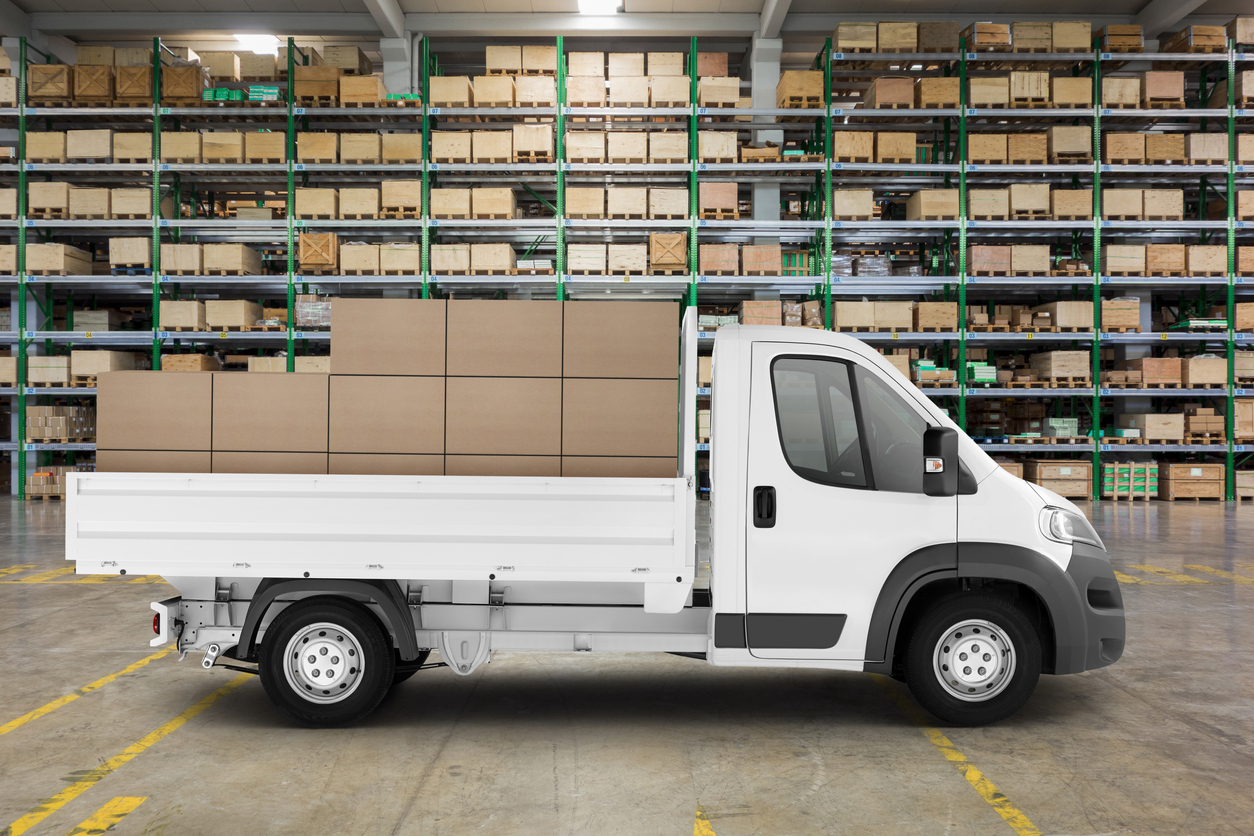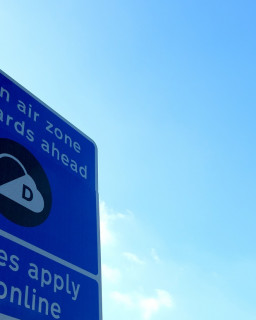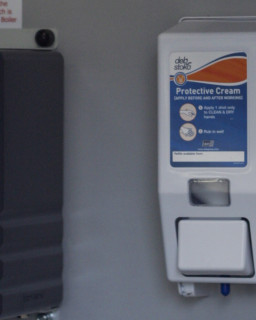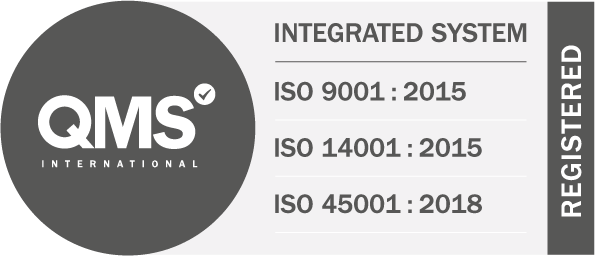Does your van fleet need to lose weight?
Without careful management, vans can end up overloaded and this puts the safety of employees and other road users at risk, while increasing the chance of fines, breakdowns and even crashes
Overloading is a weighty problem for the UK’s van fleets and for the authorities.
The police and the Driver and Vehicle Standards Agency (DVSA) have the power to carry out spot checks on vehicles and issue prohibitions if necessary, which prevents drivers from continuing a journey until a problem is fixed.
Data from the DVSA has shown that during targeted checks, more than 80% of vehicles received prohibitions related to overloading.
Exceeding the maximum payload results in a minimum £100 Fixed Penalty Notice, rising up to £300 when exceeding the limit by more than 15%. Any driver exceeding their vehicle’s maximum payload by more than 30% faces a potential court summons.
There is a simple message from the government. You must not overload your vans.
Vans have a ‘design gross weight’, also called the ‘gross vehicle weight’ or ‘laden weight’.
The design gross weight is the total combined weight of:
• Vehicle
• Driver (and any passengers)
• Fuel
• The load and anything the van is carrying
There are also limits on how much weight can be placed on each axle, meaning loads need to be spread evenly.
A common mistake is not including the driver and passengers in calculations, but three 12 stone people in the front account for 230kgs of payload, which has to be considered when loading a van.
This is a key factor when companies use double-cabs, which increases passenger carrying capacity, but in turn reduces allowable cargo if the seats are full.
A small van may have as little as 440kgs of payload available once driver and passengers are on board, so this needs to be considered when specifying vans.
Additional equipment, such as racking and plylining, can also reduce available carrying capacity.
Too much weight can affect everything from tyres to suspension and vehicle handling, which can lead to longer braking distances and an increased chance of a collision in an emergency.
To prevent problems, it is important to plan ahead and be realistic about the size and number of vehicles needed for a job.
It may also be worth considering a trailer if there are concerns about carrying additional equipment, as this increases the load that can be carried legally.
It is also important to give drivers the tools that enable them to check whether vehicles are legal and safe.
Reflex Vehicle Hire provides an Axle Weight Monitor that can provide live data updates, so fleet managers can keep track of payloads during the loading process. It can also provide alerts and warnings and sends updates to managers through our Flexitrack telematics technology.
Drivers should be trained to ensure that:
• All load items are secured properly
• The weight and size of the load is within the limits of the vehicle, trailer and restraint devices
• The load weight is evenly distributed across the vehicle’s floor
• The centre of gravity of the load is as low as possible by placing heavier items at the bottom, lighter items at the top
• Wherever possible, the load is placed in contact with the headboard/bulkhead
For further advice on choosing the right van, contact the expert support team at Reflex Vehicle Hire, or visit our Book A Vehicle section.
Share to:
Find out more
Find out how Reflex Vehicle Hire can help your company.
Call 0330 460 9913 or visit our contact us page.







@2x.png)

